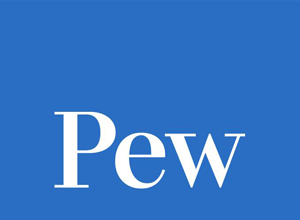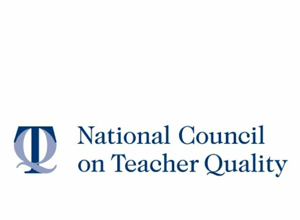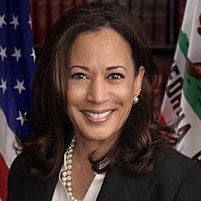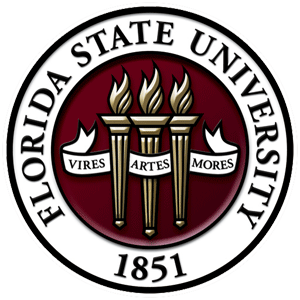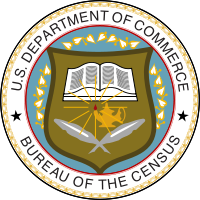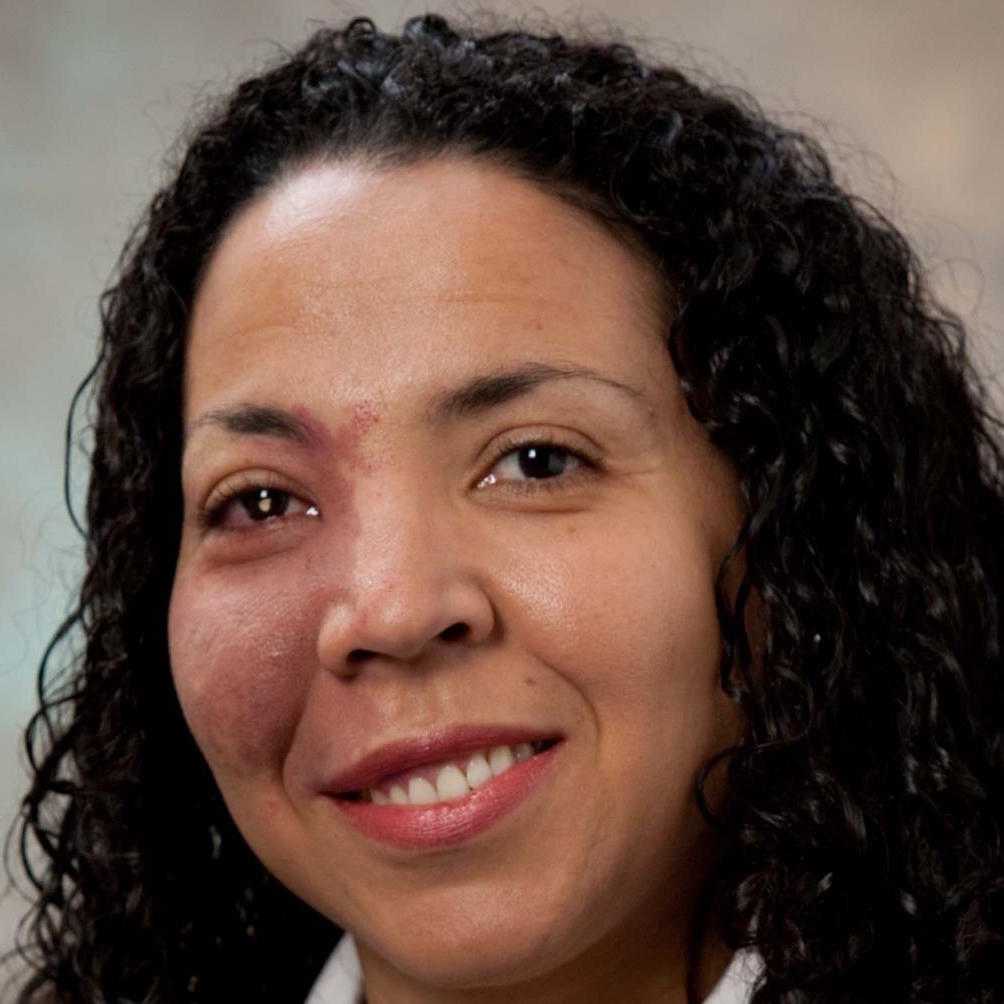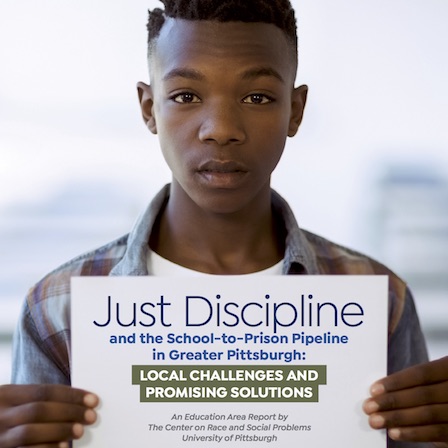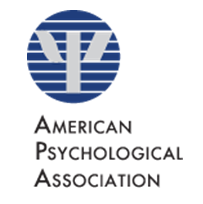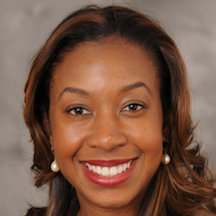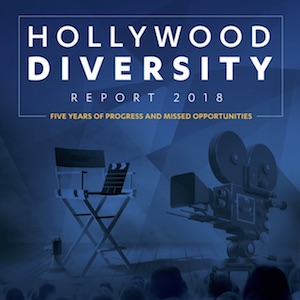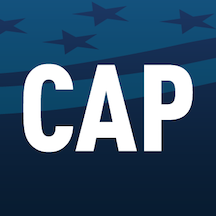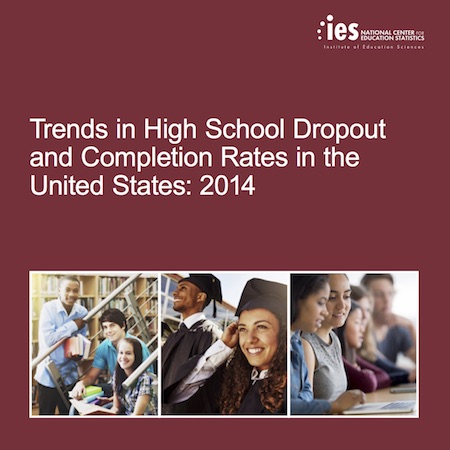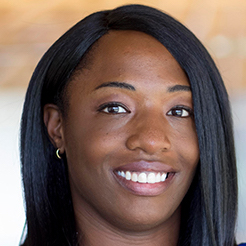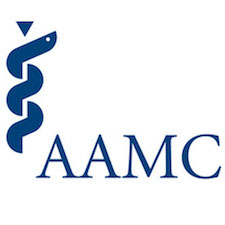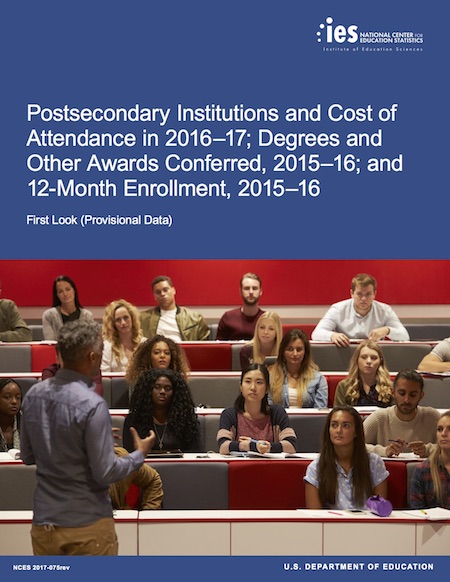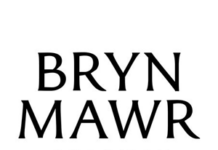U.S. Senators Ask for Advice on How to Address Racial Disparities in Student Debt
Recently, a group of four United States senators issued a statement asking for expert advice on how to address the racial disparities in student debt. African American college graduates are more likely to default on student loans than White college dropouts.
Florida State University Study Finds Racial Disparity in Flu Shots Among Adolescents
During the winter of 2014-15, more than 710,000 people were hospitalized for influenza and there were 80,000 flu-related death. Researchers had hoped that after the passage of the Affordable Care Act that the racial disparity in flu vaccinations would disappear. It has not.
African Americans Have Closed the Racial Gap in High School Dropout Rates
In 2016, 6.2 percent of all African Americans ages 16 to 24 did not have a high school diploma and were not enrolled in school. This so-called status dropout rate has dropped significantly for African Americans since the turn of the century.
African Americans Making Only Snail-Like Progress in Doctoral Degree Awards
If we restrict the figures to citizens and permanent residents we find that African Americans earned 6.7 percent of all doctoral awards in 2017. Therefore, African Americans earned about one half the number of doctorates that would be the case if racial parity with the U.S. Black population prevailed.
College Athletic Powerhouses Earn a Grade of D in Achieving Racial Equity in Leadership...
At the 130 colleges and universities that make up the Football Bowl Subdivision of Division 1 of the National Collegiate Athletic Association, in the fall of 2018 African Americans made up 3.8 percent of the presidents and 9.2 percent of the athletics directors.
Racial Differences in Interactions Between Children and Parents in American Households
The data show that 75.6 percent of non-Hispanic White parents read to their young children at least five days a week. In African American households, only 54.5 percent of parents read to their young children at least five days a week.
Princeton University’s New Program Aims to Diversify the Architecture Field
Less than 2 percent of the nation's registered architects are Black. To increase diversity in the field, Princeton University has launched its ArcPrep program that provides support, guidance, and academic and cultural enrichment to high school students who are typically underrepresented in the discipline.
A Major National Initiative to Close the College Achievement Gap by 2025
The Association of Public and Land-grant Universities has organized a collaborative effort in which 130 public universities and systems will work together to increase college access, close the achievement gap, and award hundreds of thousands more degrees by 2025.
The Racial Scoring Gap on the SAT College Entrance Examination
The results showed that only 21 percent of African American test takers met the college and career readiness benchmark for both reading and mathematics. Nearly 60 percent of Whites met the readiness benchmarks in both reading and mathematics.
The Racial Poverty Gap and Its Impact on Higher Education
In 2017, nearly 9 million African Americans, 21.2 percent of total Black population, were living below the official poverty line in the United States. Obviously this huge group of African Americans will face difficulty in obtaining higher education, a path that could lead them out of poverty.
Yale University Scholar Urges a More Holistic Approach to Medical School Admissions
Inginia Genao, of the department of medicine at Yale University believes that the standardized Medical College Admission Test (MCAT) has created an unfair barrier for African Americans and other racial and ethnic minorities aspiring to start medical school.
University of Pittsburgh Study Finds Huge Racial Gap in K-12 School Suspensions
The research showed that Black students are suspended seven times as often as non-Black students at schools in Allegheny County, Pennsylvania. Suburban districts tended to have some of the highest racial differences in school suspensions.
Good News! The Racial Gap in Computer and Internet Use in the Home Is...
In 2016, 89.9 percent of non-Hispanic White households had a computer in the home. For Blacks, 84.1 percent of all households had a home computer. This was up from 80.1 percent in 2015. Nearly 60 percent of White households had a tablet computer compared to 48.5 percent of Black households.
University of Southern California Report Examines Race in the Hollywood Film Industry
The data shows that in 2017, 20 percent of the 100 top-grossing films had no Blacks whatsoever in speaking roles. There were 43 films in the 100 top-grossing films that had no speaking roles for Black women.
University Study Finds Higher Tobacco Advertising in Ethnic Neighborhoods
The study lead by a researcher at the University of Wisconsin-Milwaukee, found that tobacco products are more aggressively marketed in Black and Latino neighborhoods of the city of Milwaukee than is the case in White neighborhoods. It appears that children are often the targets of the marketing.
Why Do Black Men Have Among the Poorest Health of Any Group in America?
A new report from the Working Group on Health Disparities in Boys and Men of the American Psychological Association finds that racial health disparities can be explained in part by systemic oppression and discrimination targeting these men.
The Education Trust Examines African American Degree Attainments by State
Just over 40 percent of Black adults in New Mexico have earned a higher education degree, the highest rate in the nation. The state with the lowest level of degree attainment for African American adults is Louisiana.
University of Southern California Study Examines Diversity of Film Critics
The data shows that 64 percent of all movie critics are White men and 18 percent are White women. Fourteen percent of critics were men from underrepresented groups and 4 percent were women from underrepresented groups.
Study Finds That Increasing Educational Opportunities May Narrow the Racial Health Gap
After examining 30 years of data on cardiovascular health behaviors such as smoking, diet and physical activity, researchers found that income and educational level influenced the differences in health behaviors between racial groups more than other variables.
New Education Department Report Examines Racial Differences in Digital Literacy
Overall, 16 percent of U.S. adults ages 16-65 were deemed not digitally literate. But Blacks were twice as likely as Whites to be unfamiliar with using a computer.
The Racial Gap in Access to Mathematics and Sciences Courses
In the 2015-16 school year, Blacks made up 17 percent of all enrollments in the eighth grade. But Blacks were only 11 percent of all eighth graders enrolled in algebra and only 9 percent of those who passed algebra.
Research Finds That Black Children Are Not Identified as Autistic at the Same Rate...
The authors suspect well-intentioned school leaders may be inadvertently denying minority students autism eligibility due to concerns about exacerbating the widely perceived problem of minority overrepresentation in general special education programs.
A Look at the Racial Gap in Employment by Levels of Educational Attainment
The unemployment rate for African American college graduates ages 20 to 29 in 2017 was 21.6 percent. The rate was 8.8 percent for White college graduates of similar age. Thus, young African American college graduates were nearly 2.5 times as likely to be unemployed than their White peers.
Academic Study Examines Racial Disparity in Perinatal Depression
A new study by researchers at the University of Illinois and Northwestern University find that Black and Latina women, who are at increased risk of perinatal depression, are less likely that their White peers to be screened or treated for the condition.
Eliminating the Racial Gap in Infant Mortality Rates
A new report from the Samuel DuBois Cook Center on Social Equity at Duke University and the Insight Center for Community Economic Development provides information on the racial gap in infant mortality and offers strategies that may be employed to eliminate the disparity.
The Large and Growing Racial Gap in Home Ownership
Many American families use the equity in their home to finance the higher education of their children or grandchildren. Since this source of wealth is less available to Black families, this places African Americans at a disadvantage in financing higher education.
UCLA Reports Examines Racial Diversity in Hollywood
The report found that films with casts made up of 21 to 30 percent minority actors enjoyed the highest median global box office ticket sales and the highest median return on investment. Films with the most racially homogenous casts were the poorest financial performers.
New Report Examines the Persisting Racial Wealth Gap Among U.S. Households
A new report from the Center for American Progress finds that in 2016 the median wealth of Black households led by a person who was at least 25 years old was $13,460. For similar White households the median wealth was $142,180.
The Racial Gap in High School Completion and Dropout Rates
A new report from the U.S. Department of Education finds that in 2014 7.4 percent of all Blacks ages 16 through 24 were not enrolled in school and did not have a high school diploma or equivalent certificate. For Whites the figure was 5.2 percent.
Census Reports New Data on Same-Sex and Opposite-Sex Married and Unmarried Couples
In 2016, there were nearly 57 million married opposite-sex couples in the United States. Only 7 percent were Black. Blacks made up 5.5 percent of male same-sex couples and 9.8 percent of all female same-sex couples.
Race Determined to Be a Major Factor for Employment of Breast Cancer Survivors
In a study conducted at Washington University in St. Louis, the data showed that African-American patients were four times more likely to leave the workforce despite fighting a cancer with high survival rates than was the case for White patients of the same age.
Center for American Progress Addresses Racial Disparity in School Discipline
A new study that shows that in New York and Los Angeles - the nation's two largest school districts - students were expelled or suspended for a total of 47,558 days during the 2016-17 school year. These school districts are predominantly Black and Hispanic.
The Racial Gap in Advancement Placement Test Scores
The average score on Advanced Placement examinations for African American students in 2017 was 2.03. On the AP scoring system of 5 to 1, a score of 2 is equivalent to a grade of D in a college-level course. For White students the average score on all AP tests was 3.02, roughly equivalent to a letter grade of C.
The Large Racial Gap in Medical School Faculty
Data from the Association of American Medical Colleges show that in 2016 there were 5,075 Black or African American faculty at U.S. medical schools. They made up just 3 percent of all faculty members at medical schools. Blacks made up just 1.6 percent of all full professors at U.S. medical schools in 2016.
New Report Examines the Racial Gap in Degree Attainments in the United States
According to a new report from the Department of Education, during the 2015-16 academic year, African Americans earned 570,354 degrees and certificates at degree-granting institutions in the United States. This was 11.7 percent of all awards.
The Nationwide Racial Gap in College Graduation Rates
The Black student college graduation rate of 46 percent was 23 percentage points lower than the rate for Whites and 31 percentage points below the rate for Asian Americans. The Black student graduation rate trailed the rates for Hispanics by 14 percentage points.
